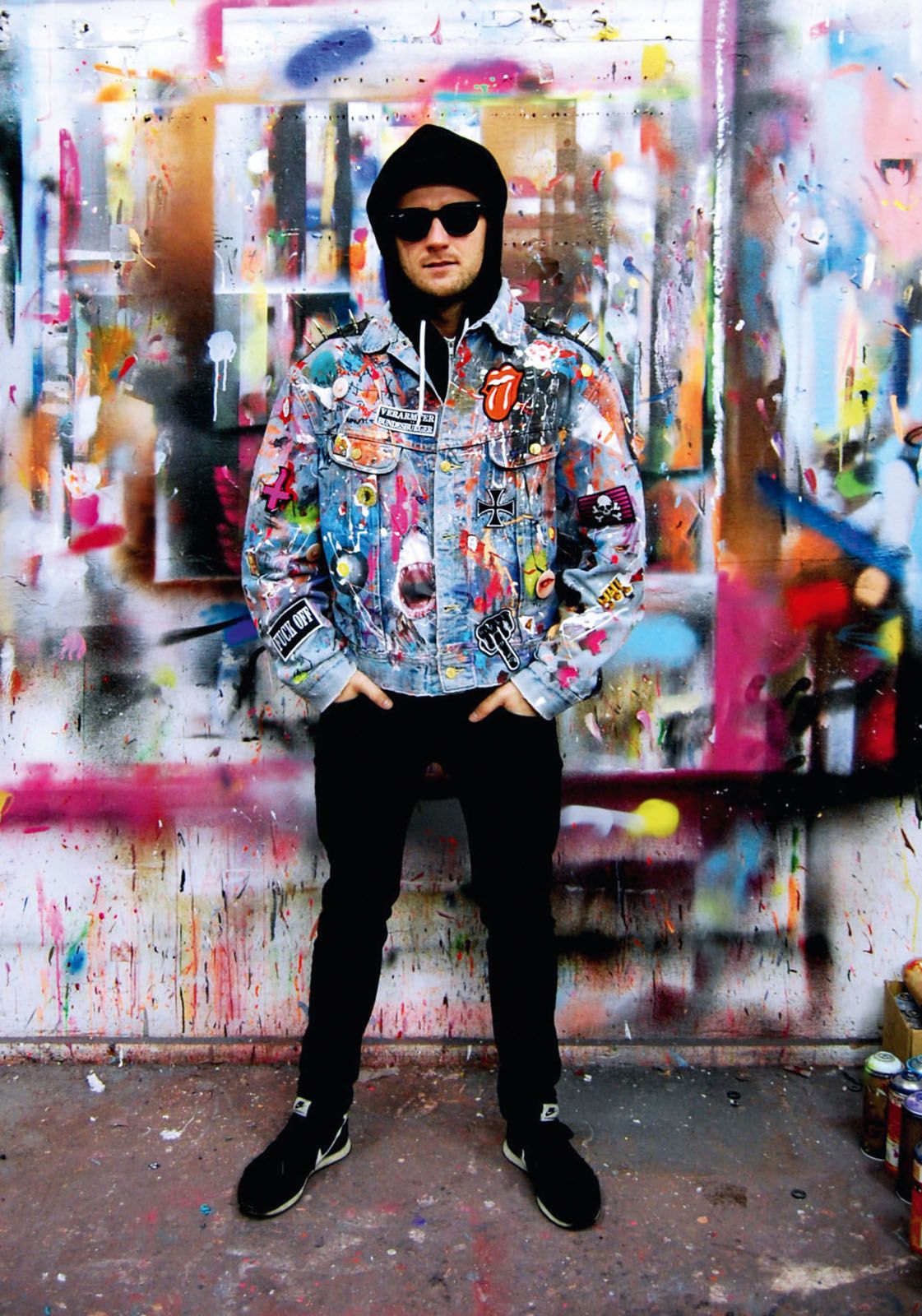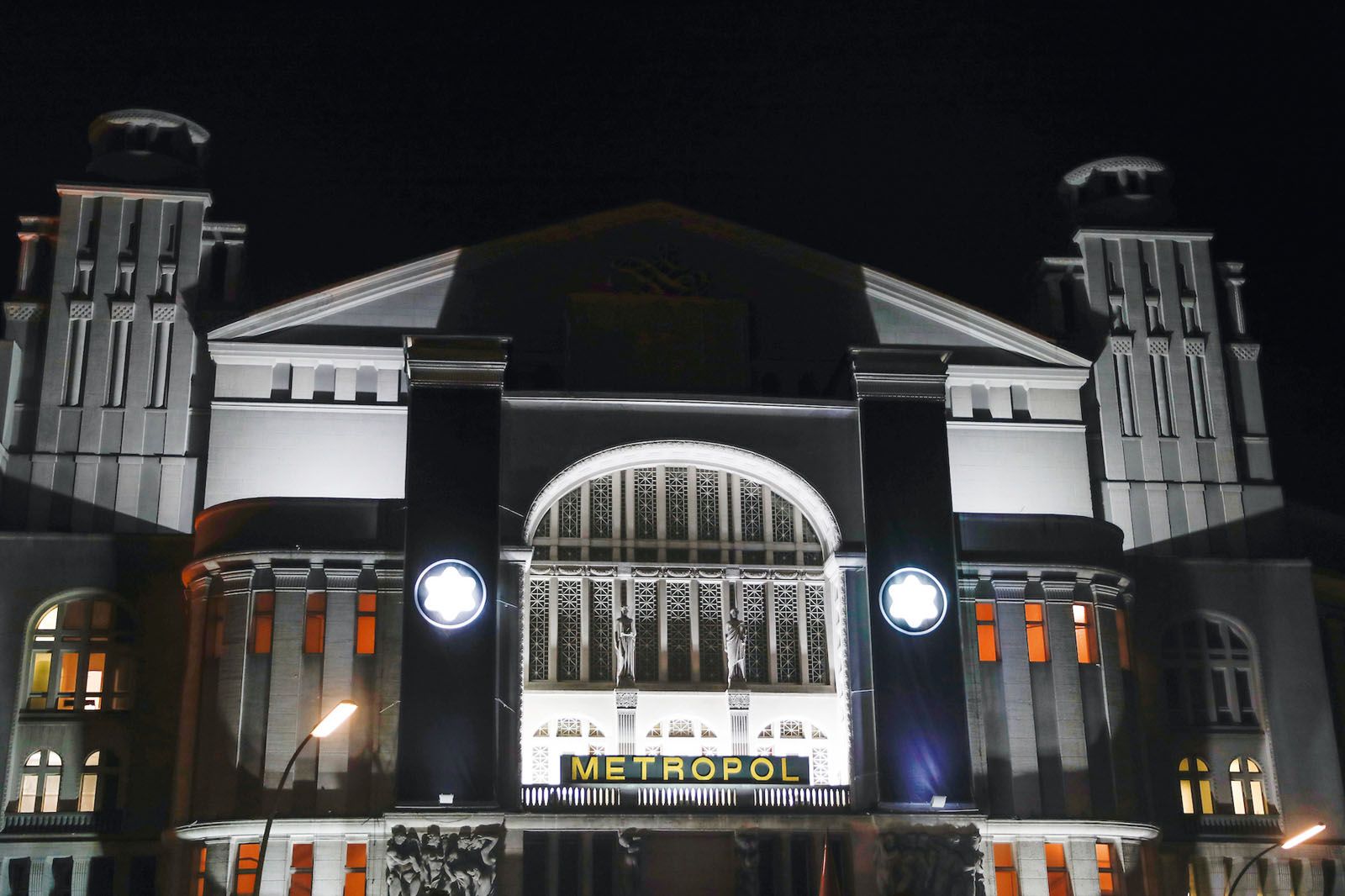German graffiti artist Marc Jung sheds light on how the history of his country has shaped his work, and his hopes for a greater global freedom of movement
If you walked on the streets of Berlin today, you would have noticed graffiti on nearly every corner—public spaces are commonly used as canvases by street artists. The capital is where street art found its home in Germany in the 1980s, as influenced by the American graffiti movement nearly two decades before that.
Enter German graffiti artist, Marc Jung. His first encounter with the art form was in 2003 in his hometown of Erfurt in central Germany. When he first started out, he had multiple run-ins with the law due to a consecutive series of non-commissioned graffiti works. But his love for the art soon led him to form progressive street art group Nuttenkinder in 2006 with close friend and fellow artist, Manuel Heischel. Their collaboration then grew in scale, resulting in showcases overseas.

Today, Jung is internationally recognised in the global art scene with a large celebrity following that includes Guns N’ Roses frontman Axl Rose, who reportedly acquired three of his works in 2018. The artist currently shuffles between his two studios in Erfurt and Berlin, and has completed major collaborations with the likes of tech company Facebook for its Berlin office, and German photographer Marco Fischer for a charity project where the revenue from artworks sold went towards Viva con Agua, an international network that helms water projects in Africa.
Jung’s art is inspired by the environment he grew up in and shaped by his take on and response to current social topics. Among them, the issue of today’s freedom of movement is what hits home the most. “I was born in 1985 in East Germany and was lucky to grow up after the collapse of the Berlin Wall,” shares Jung. “I was not captured in East Germany like my parents and grandparents were before. Instead, I could travel to New York City, the Caribbean islands, Italy or Bali whenever I wished.”
As someone who has seen the detrimental impacts of political barriers first-hand, freedom to travel is a privilege that he acknowledges and wants to perpetuate through his works. “We paid a hard price for the reunification and freedom of Germany today, but this freedom is not present in the entire world. We are seeing dangerous trends around the world today that could destroy that freedom again.”
(Related: Montblanc Goes Red To Show Its Support In The Fight Against HIV/Aids)

